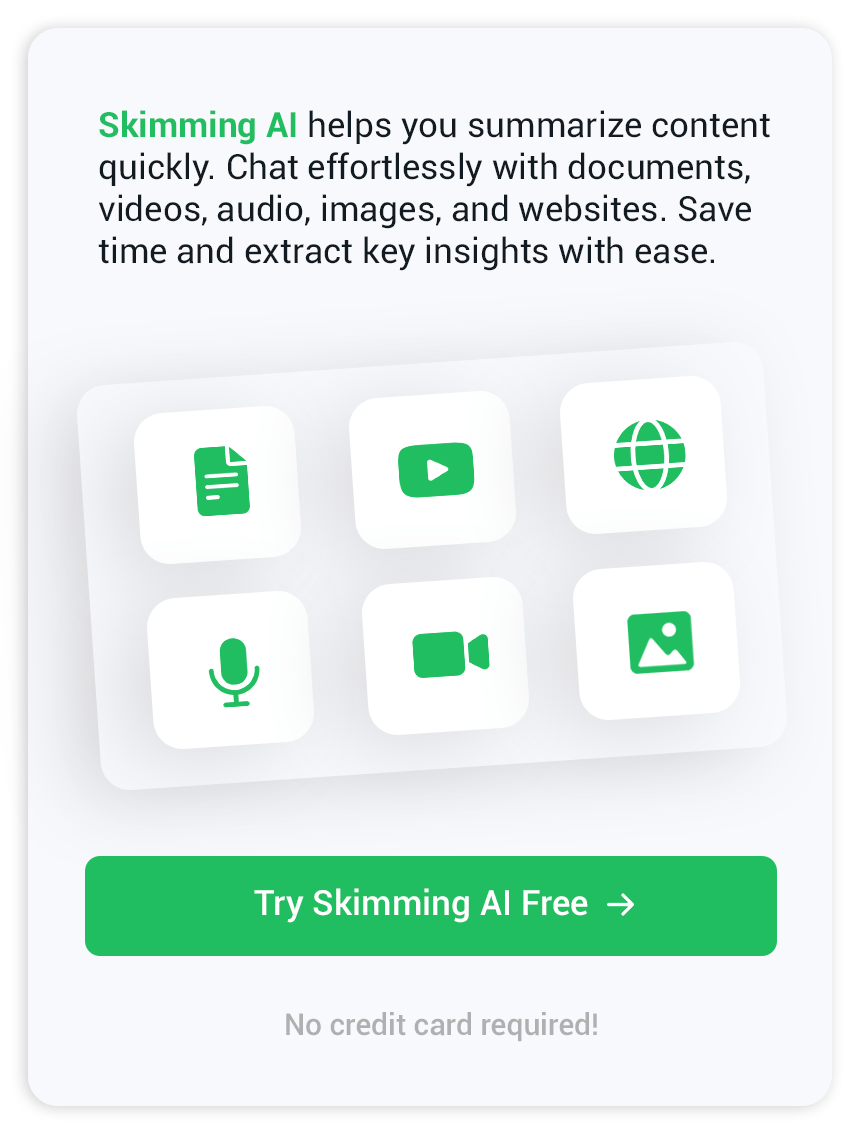AI for Writing, How Intelligent Tools Elevate Creativity and Productivity
The blank page used to feel like a wall. Now it can act more like a doorway, thanks to rapid advances in AI for writing. Language models have expanded from simple autocomplete helpers to sophisticated collaborators that draft articles, brainstorm plot twists, and refine marketing copy. Writers who pair their voice with machine intelligence finish projects faster, reach broader audiences, and discover fresh angles they might never have considered alone. This guide unpacks the technology, the benefits, and the practical steps that turn algorithms into trusted writing partners.
Understanding AI for Writing
Generative text models utilize natural language processing and machine learning to enable writers to predict the next word in a sequence based on extensive training data. By fine-tuning on specific domains, these engines can adhere to style guidelines, mimic a brand's tone, or adopt a character's voice. Crucially, they remain tools, not replacements; human judgment remains essential for strategy, nuance, and credibility. When authors treat AI writing tools as assistants rather than automatic typewriters, results feel coherent and authentic.
Most systems sit in the cloud, accessible through web apps or integrated directly into content management platforms. A single prompt—perhaps a topic sentence or product description—sets the context. The model suggests paragraphs, outlines, or variations. Writers then keep, cut, or reshape the output until it aligns with the purpose and audience.
Core Technologies Powering AI Text Generation
Large language models such as GPT-4 use transformer architectures that weigh context across entire passages instead of analyzing words in isolation. Attention mechanisms enable the software to track long-range dependencies, ensuring that references remain consistent throughout a document. When combined with retrieval-augmented generation, a model can retrieve factual snippets from verified databases in real-time, thereby reducing hallucination risks.
Fine-tuning and prompt engineering boost relevance. For instance, training on medical journals produces concise, evidence-driven summaries, while exposure to screenplay dialogue sharpens character interactions. Multimodal systems now blend text and images, letting a writer ask, "Describe this photo in two lines of persuasive ad copy." As compute capacity grows, response latency drops, opening room for interactive back-and-forth drafting sessions that feel almost conversational.
Practical Applications Across Writing Genres
Marketing Copy
AI excels at automated copywriting, particularly when repetitive formats intersect with tight deadlines. Feed a product name, target persona, and value proposition, and the model returns dozens of headline ideas and social captions. Human marketers cherry-pick the most persuasive lines, merge them with brand voice, and A/B test variants at scale.
Academic and Technical Content
Scientists and students rely on AI to translate complex findings into readable abstracts or to paraphrase concepts while preserving their meaning. Proper citation remains a human responsibility, yet the initial draft emerges faster, leaving more time for analysis. Tools that scan literature can also highlight gaps, sparking new research questions.
Journalism and Newsrooms
In fast-moving news cycles, reporters use AI to draft earnings summaries, weather updates, and sports recaps within seconds of data release. Editors then inject context, quotes, and local relevance before publication. This workflow frees journalists to focus on investigative pieces and on-the-ground reporting that algorithms cannot replicate.
Fiction and Storytelling
For novelists, AI becomes a brainstorming partner. It suggests alternative character motivations, unexpected plot twists, or sensory details that fit the setting. Platforms like Sudowrite and Novelcrafter integrate directly with manuscript editors, offering "scene continue" and "dialogue punch-up" functions while preserving the author's narrative voice.
Choosing the Right AI Writing Tool
Essential Features to Look For
- Transparency controls enable users to trace how the model arrived at a particular statement.
- Style guidelines ensure brand consistency across multiple writers.
- Context window size affects how much draft text the tool can reference simultaneously.
- Security compliance is crucial for industries that handle personal or proprietary data.
A balanced toolkit might include ChatGPT or Claude for ideation, Grammarly or ProWritingAid for polishing, and niche platforms for specialized domains. Remember to add a summarizer for research speed: the Skimming AI YouTube summarizer quickly condenses expert lectures, turning hours of video into concise notes that feed your next article or script. Internal link: Skimming AI
Responsible Use and Ethical Considerations
Plagiarism checks are non-negotiable because models can echo training data verbatim. Always verify facts and statistics, notably when the original prompt lacks detailed context. Disclose AI assistance when required by editorial policy or academic standards, and maintain respect for intellectual property by crediting sources.
Future Trends in AI Authorship
Agents that handle entire project pipelines are on the horizon. Picture an assistant that drafts a blog post, proposes SEO-aligned headings, fetches royalty-free images, schedules social promotion, and monitors engagement metrics—all from a single dashboard. Governance frameworks are evolving in parallel, aiming to strike a balance between innovation, accountability, fairness, and cultural sensitivity.
Another emerging thread is personalization at the sentence level. Readers may soon toggle a slider for tone or depth, and the article rephrases itself instantly. Writers who understand prompt engineering can tailor core content for multiple segments without needing to rewrite from scratch.
Getting Started with AI Writing Today
Begin small. Pick a short-form piece—a newsletter intro or a LinkedIn post—and ask your preferred AI to generate three paragraph options. Combine the strongest phrases with your insights. Next, test a longer piece, perhaps a pillar article on content generation, and experiment with section-by-section drafting. Track time saved and quality gains, then refine your workflow.
Before long, the blank page no longer feels intimidating. Instead, you will feel the momentum of a silent collaborator who never tires and always offers another angle. Writers who embrace this partnership wield a flexible edge in creativity and productivity.
Try a prompt right now. Feed an AI writing tool a half-formed idea swirling in your mind, sift through the suggestions, and watch the spark turn into sentences you can shape into something uniquely yours.


